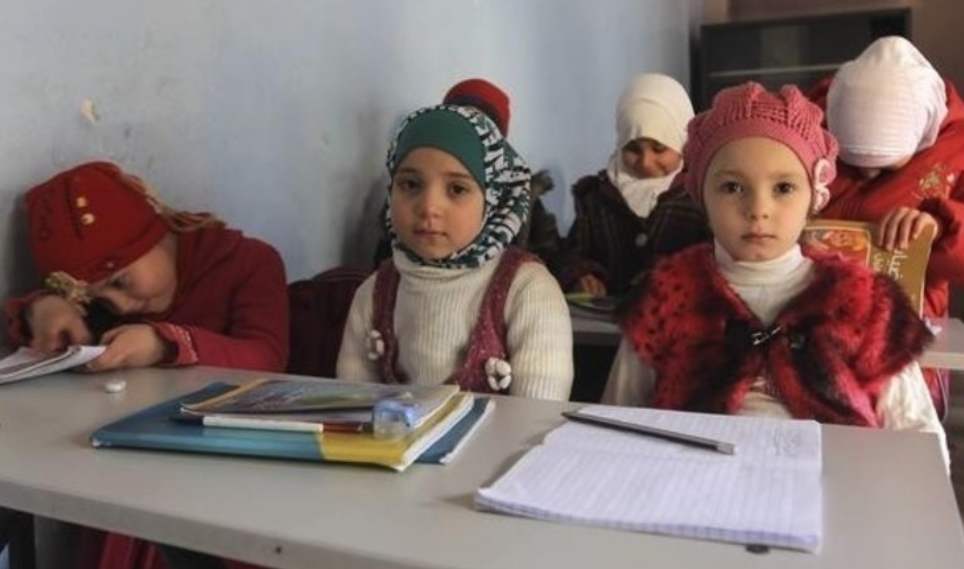
This week, Arab and international leaders will gather in Jordan for the World Economic Forum on the Middle East and North Africa (MENA). Their discussions will centre on how to solve some of the region’s greatest challenges: grave humanitarian crises engulfing conflict-affected countries and their neighbours, wide income and gender inequalities, and growing numbers of unemployed youth. Education must be a central theme to all of these discussions. While the regional challenges affect education, education can also help solve these challenges. However, outstanding threats and weaknesses in the region’s educational systems are making it difficult to address these key issues.
Conflict is robbing young Arabs of their future
In the Arab world, nearly 4.5 million children are not in school. About 87% of them live in conflict-affected countries. Another 2.9 million young people don’t have access to secondary schools. The greatest education crisis is affecting Syrian children and adolescents: 2.8 million of them do not have access to school at home and in neighbouring countries. These children, along with others from Sudan, Iraq, Libya, the Palestinian Territories, Egypt and Yemen, face a bleak future unless a concerted effort is made to guarantee their right to quality education.
An alarming number of these out-of-school children and youth must work to provide for their families. Many of them are being forced into the worst forms of labour, including the smuggling of goods and sexual exploitation. Girls are getting married early to minimize risk of wider assault and to reduce the burden on their families. And, some of the most vulnerable children and youth are being recruited as workers and combatants in armed groups.
Education alone will not reverse the impact of the violence and trauma these children experience, but for displaced and refugee children, education is about hope. It is a form of perseverance and a bridge to a better life. Without education, there can be little promise for their futures and the futures of their countries. Every one of the countries destroyed by conflict can only begin the process of rebuilding and reconciliation if children and young people gain the education and skills they need to become productive citizens.
Providing access to education to children affected by conflict in MENA must become a global priority. The undeniable moral imperative is only matched by economic and security rationale. Yet funding for education in emergencies, including for the countries hosting refugees, has consistently fallen short. If the international community does not act, it risks losing a generation of children and youth to unemployment, hopelessness and radicalism. And the impact will be felt well beyond MENA.
Read more at https://www.weforum.org/agenda/2015/05/how-can-the-middle-east-close-its-education-gap/